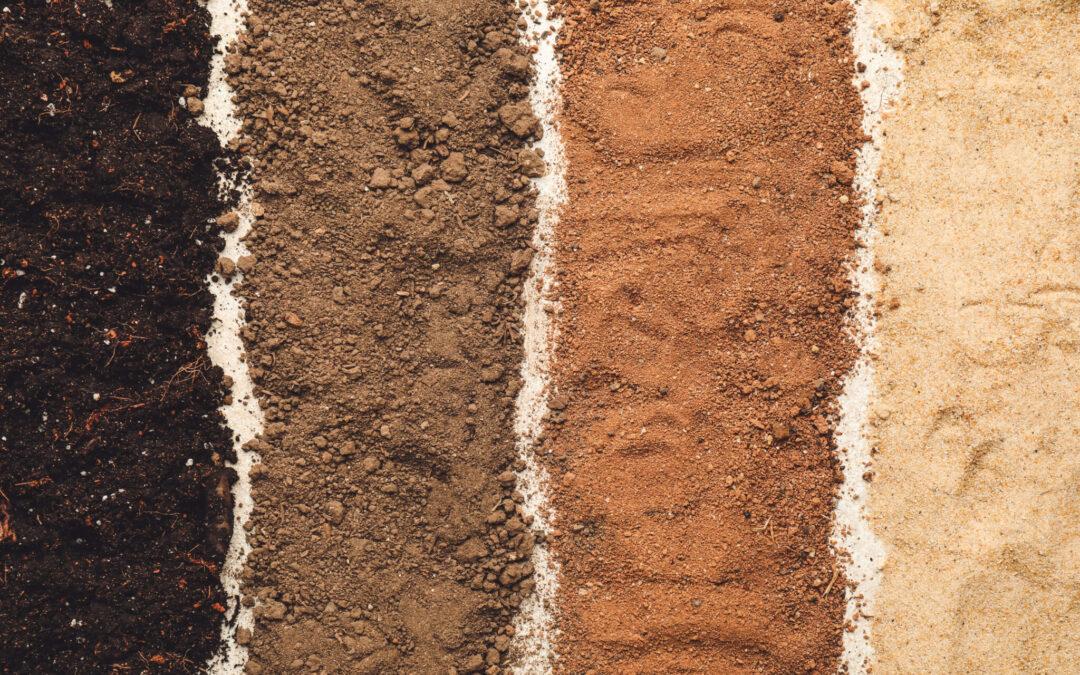What is the importance of Soil Condition in Concrete Construction?
Soil condition is a critical factor that affects the integrity and durability of concrete structures. The properties of soil can have a significant impact on the performance of concrete, especially in terms of its strength and ability to resist cracking. In this blog, we will explore the relationship between soil condition and concrete and focus on the role of high PI (plasticity index) clay and its impact on concrete. We will also discuss how stabilized sand or lime stabilization can help prevent cracking in concrete caused by soil movement.
What is High PI Clay?
High PI clay is a type of soil that has a high plasticity index, which means that it is highly susceptible to changes in moisture content. When high PI clay gets wet, it swells and becomes soft, and when it dries out, it shrinks and becomes hard. This movement in the soil can cause significant problems for concrete structures that are built on top of it. The problem with high PI clay is that it can exert a significant amount of pressure on concrete, leading to cracking and other forms of damage. This is because high PI clay has a high coefficient of thermal expansion, which means that it expands and contracts significantly in response to changes in temperature. This movement can cause the soil to push against the concrete, leading to cracking and other forms of damage.
One of the ways to prevent this movement and protect concrete structures is by stabilizing the soil. Stabilization involves treating the soil with chemicals, such as lime, to improve its properties and make it more stable. When the soil is stabilized, it becomes less susceptible to changes in moisture content and, as a result, exerts less pressure on the concrete. Using stabilized sand or lime stabilization is an effective way to prevent cracking in concrete caused by soil movement. Stabilized sand is a mixture of sand and a stabilizing agent, such as cement or lime. The stabilizing agent improves the properties of the sand and makes it more stable. This reduces the movement in the soil and, as a result, reduces the pressure on the concrete.
What is Lime Stabilization?
Lime stabilization is another method that can be used to stabilize soil and prevent cracking in concrete. Lime is a chemical that is commonly used in construction to improve the properties of soil. When lime is added to high PI clay soil, it reacts with the clay particles and forms a chemical bond. This bond improves the strength of the soil and makes it more stable. In addition to preventing cracking in concrete, stabilized sand and lime stabilization offer other benefits. For example, they improve the load-bearing capacity of the soil, making it more suitable for construction. They also reduce the amount of settlement that occurs over time, which can help to prevent damage to the concrete structure.
How Does High PI Clay Soil Affect Houston Construction?
Houston is a city that is particularly susceptible to problems caused by high PI clay soil. The city is built on a layer of high PI clay, which means that many of the structures in the city are at risk of cracking and other forms of damage. This is because the movement in the soil can exert significant pressure on the structures, leading to cracking and other forms of damage.
To prevent this damage, it is essential to use stabilized sand or lime stabilization in construction projects in Houston. By stabilizing the soil, it is possible to reduce the movement in the soil and protect the concrete structure from damage. This is particularly important in Houston, where the soil conditions can be challenging and where the risk of damage to concrete structures is high. In addition to using stabilized sand or lime stabilization, there are other measures that can be taken to protect concrete structures from damage caused by soil movement. For example, it is important to ensure that the soil is compacted properly before the concrete is poured. This helps to reduce the amount of movement in the soil and, as a result, reduces the pressure on the concrete.
It is also important to ensure that the concrete is designed with the soil conditions in mind. This means that the concrete should be designed to have the appropriate strength and flexibility to withstand the movement in the soil. In some cases, it may be necessary to use reinforced concrete or other techniques to improve the performance of the concrete. Regular maintenance and inspection are also essential to protect concrete structures from damage caused by soil movement. This involves monitoring the structure for signs of cracking, settlement, or other forms of damage and taking appropriate action to repair any problems that are identified.
In conclusion, soil condition is a critical factor that can significantly impact the performance of concrete structures. High PI clay is a type of soil that is particularly challenging, as it is highly susceptible to changes in moisture content, leading to movement and pressure on the concrete. Using stabilized sand or lime stabilization is an effective way to prevent cracking in concrete caused by soil movement. Houston, with its high concentration of high PI clay soil, is a city where these measures are particularly important. By taking appropriate measures to protect concrete structures from soil movement, it is possible to ensure that these structures remain safe and durable for years to come.
For more Information Refer to: ACI Concrete


Recent Comments